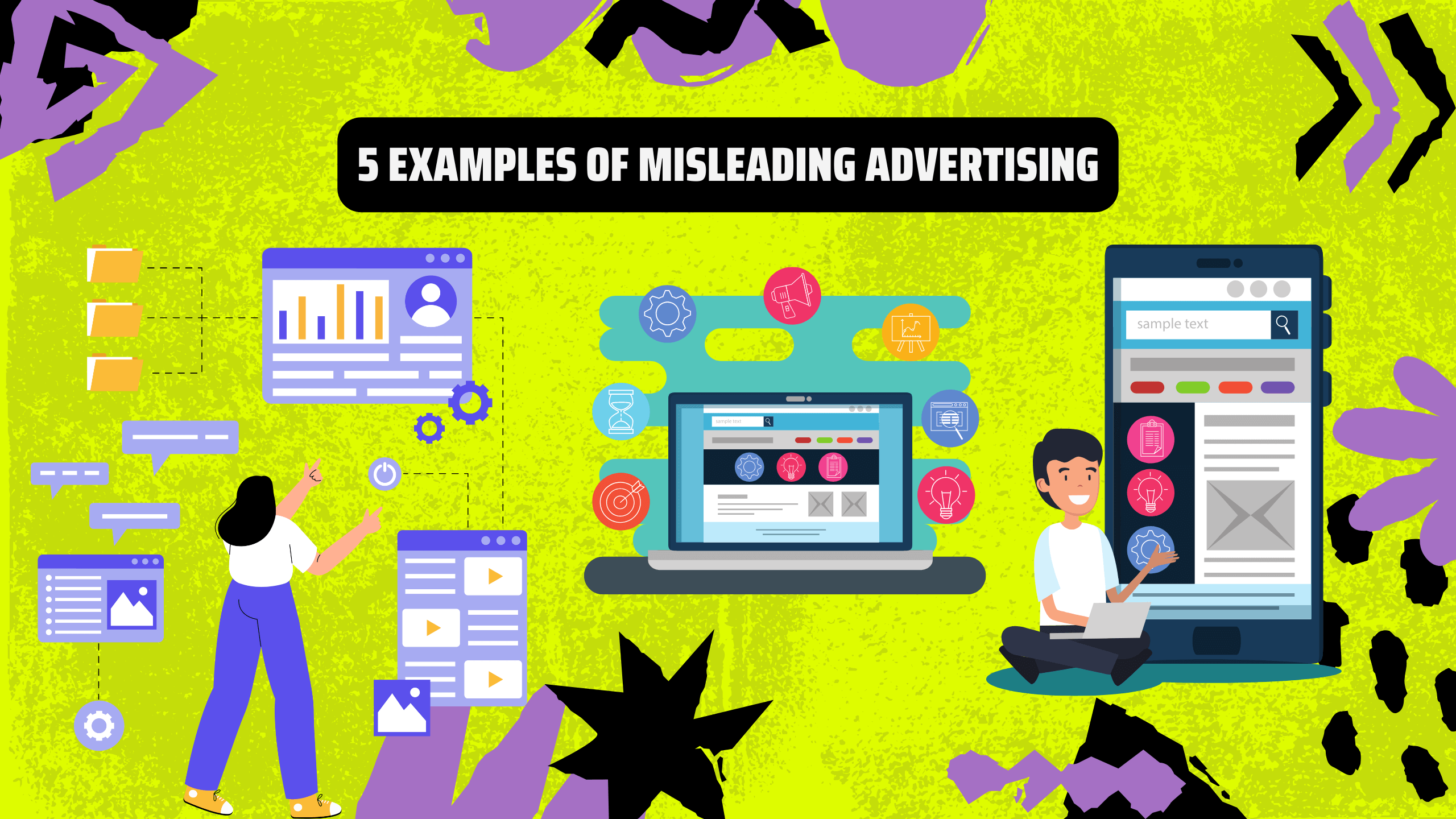In the ever-evolving realm of digital advertising, precision is paramount. Amid the vast sea of online content, behavioural targeting has emerged as a beacon of effective marketing strategy. By delving into user behaviours and preferences, this approach transforms the advertising landscape. Let’s embark on a journey to demystify the nuances of behavioural targeting, exploring its mechanics, importance, and the myriad benefits it offers.
I. What is Behavioral Targeting?
Behavioural targeting is a sophisticated marketing technique that tailors advertisements to individual users based on their online behaviours, interests, and preferences. It moves beyond traditional demographic and geographic data, instead focusing on how users interact with websites, apps, and online content. This approach relies on data collection and analysis to build a comprehensive picture of a user’s online actions, which in turn guides the delivery of personalized and relevant ads.
II. How does Behavioral Targeting Work?
At its core, behavioural targeting relies on the systematic tracking of user activities across the digital landscape. This encompasses the websites visited, search terms used, content engaged with, and even the duration of interactions. By capturing this data, algorithms analyze patterns and decipher user interests. This insight allows advertisers to create highly customized ad campaigns, delivering content that aligns seamlessly with the user’s online journey.
III. Types of Behavioral Targeting
1. Contextual Targeting:
This involves analyzing the context of the content a user is engaging with in real-time. Ads are then displayed that are relevant to that specific context, ensuring a seamless integration of the ad into the user’s online experience.
2. Remarketing:
Also known as retargeting, this approach targets users who have previously interacted with a brand’s website or app. It serves as a reminder to re-engage users who might have shown interest but have not yet converted.

3. Predictive Targeting:
Leveraging machine learning and data analysis, this type of targeting predicts future user behaviours based on historical patterns. It enables advertisers to proactively present relevant content before the user even searches for it.
4. Interest-based Targeting:
This method categorizes users into segments based on their demonstrated interests and preferences. Ads are then tailored to resonate with the specific interests of each segment.
IV. Why Behavioral Targeting is Important?
In a digital landscape saturated with content, catching and retaining a user’s attention is a challenge. This is where behavioural targeting shines. By understanding a user’s online journey and presenting them with content that aligns with their interests, behavioural targeting enhances engagement. It ensures that advertisements are not intrusive disruptions but valuable additions to a user’s online experience.
V. Benefits of Behavioral Targeting
1. Personalization
Behavioural targeting ensures that users are presented with ads that genuinely resonate with their interests, fostering a sense of personal connection and relevance.
2. Higher Conversion Rates
Ads tailored to user preferences have a significantly higher likelihood of converting. This results in more efficient ad spending and better returns on investment.
3. Improved User Experience
When users are exposed to ads that match their interests, the overall online experience is enhanced, leading to increased satisfaction.

4. Efficient Spending
Behavioural targeting minimizes the risk of ad fatigue and irrelevant impressions, optimizing advertising budgets.
5. Customer Insights
The data collected through behavioural targeting provides valuable insights into user preferences, enabling advertisers to refine their strategies further.
Conclusion
As the digital landscape continues to evolve, advertisers are compelled to adapt. Behavioural targeting emerges as a powerhouse strategy, turning advertising into a customized and personalized experience. By focusing on user behaviours and preferences, this approach doesn’t just target an audience—it engages individuals on a deeper level. It’s a testament to the marriage of technology and human psychology, revolutionizing the way we connect with our audiences in the vast digital realm.











